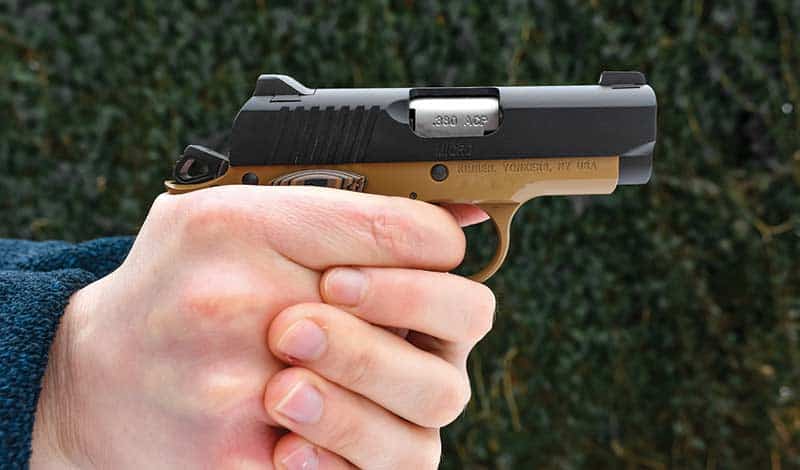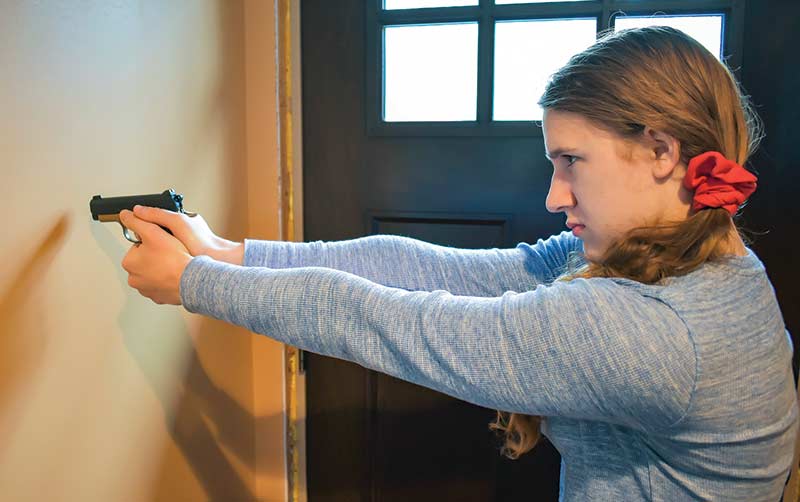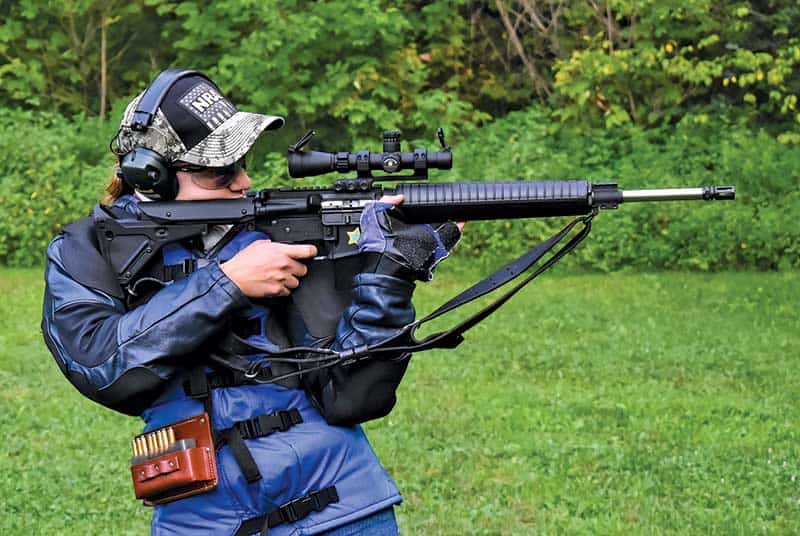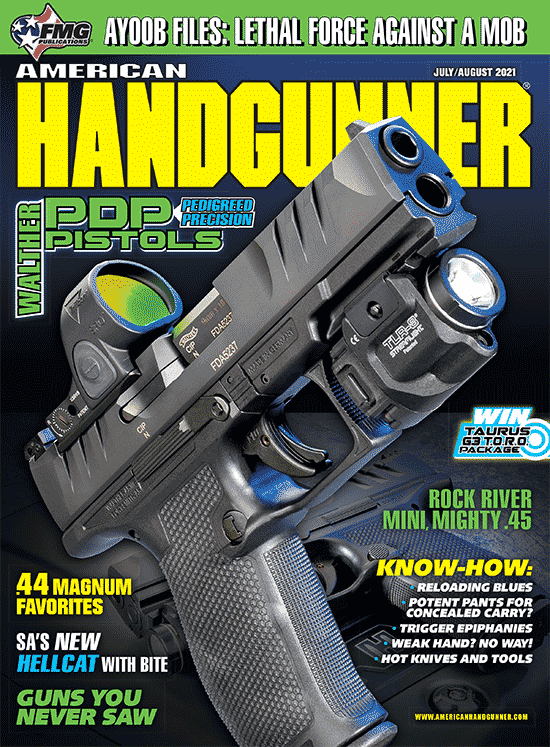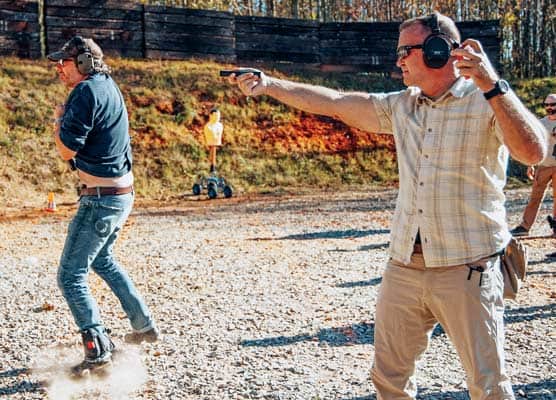Trigger Epiphanies
I don’t even think about it anymore. When I began shooting service rifle, I remember agonizing over the trigger pull, learning how to work the sear during a rapid fire and feeling the reset of the trigger. You become spoiled, one with the gun, as cliché as that sounds, and muscle memory takes over.
You should be surprised when the gun goes off. When the target lines up with your sights and you pull the trigger without even thinking about it — that’s when you know the process is automatic. It doesn’t happen every time, but there’s definitely a point when you reach such an extreme level of comfort things just feel “right.”
Things still don’t feel “right” with a pistol. I’m not uncomfortable or scared, but something still seems off. I know I’m a bit jumpy on the trigger and the shots don’t always land where I want them to.
What’s the Difference?
The obvious — rifles are longer and larger, so I’m used to having more support points. Being able to balance against my body and use the support of a sling makes a huge difference. I couldn’t understand why a process coming so naturally to me with a rifle seemed somewhat out of reach with a pistol. I thought I was doing everything the same way — but my targets revealed differently.
I also didn’t realize how much sight picture, sight alignment and focus have to do with manipulating the trigger. With a rifle, I use cheek weld to establish proper sight picture and sight alignment first, before even touching the trigger. With handguns, there is no cheek weld.
What To Do?
It is a natural reaction to want to clench your hand, moving all of your fingers rather than just one. I do tend to move more than just my index finger when I begin to manipulate the trigger.
My mentor George Harris defines the goal simply, “being able to move the trigger and fire the gun without changing the muzzle’s stability or position in relation to the target.” I will plead guilty to wanting to make the gun go off rather than letting it fire.
When I think too much about something, it tends to go worse than if I didn’t think at all. I always pay attention to firearm safety; I just may not expend as much energy remembering what I learned rather than just doing it. I need to think about the trigger in a different way, as the gas pedal of the gun. It is not about pulling the trigger slowly, it is about pulling the trigger smoothly. The speed truly does not matter as long as the muzzle doesn’t move. I also needed to more carefully watch and critique the movement of the front sights to evaluate my trigger press.
Wall Drill
Sounds simple enough, but how do I test it? With the instability of a pistol, how do I know if my sights moved because of trigger pull or something else? The answer: the Wall Drill.
First, visually and physically verify your handgun is unloaded and there is no ammo in the area. Choose a blank wall with nothing to aim at and after assuming your traditional shooting grip and stance, press the muzzle of the pistol against the wall until it just barely makes contact. Then break contact while keeping the muzzle as close as possible to the wall without touching it. Using a blank wall allows you to focus only on the front sight, as there is nothing for you to look at forward of the sights. Ensure sights are properly aligned and then press the trigger. Watch what your front sight does in relation to the rear sight — it mimics what the muzzle does in relation to the target.
Lessons
I admit this was strange at first. I soon discovered I didn’t know whether to keep both eyes open or one closed. I know you’re supposed to keep both eyes open, but I am still struggling to do so. I also noticed I was having trouble keeping equal spacing on each side of the front sight between the notches. It was impossible to ignore the small quivers going through my arms. My rifle sights seem to sit on the target when I get comfortable, even during offhand. With a pistol I can feel my muscles contracting, which also distracts my focus from the front sight.
This will be an ongoing process. I understand now what I need to do and how much of an effect trigger pull has on sight alignment and shot placement, but it will still take time to enact. Now if I can just get my arms to stop moving.

